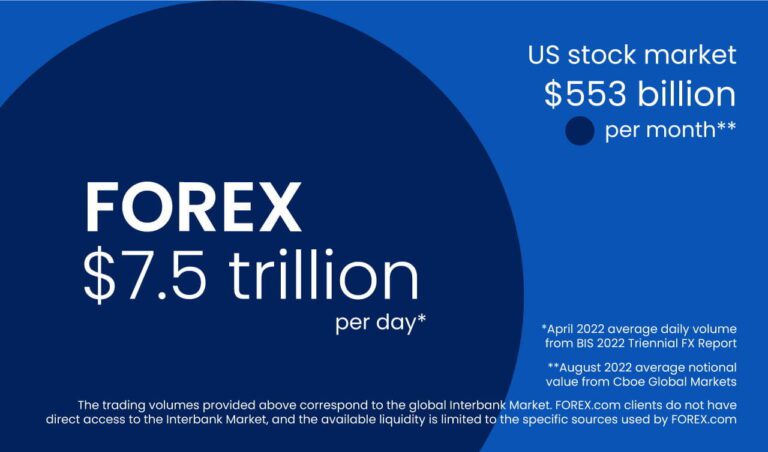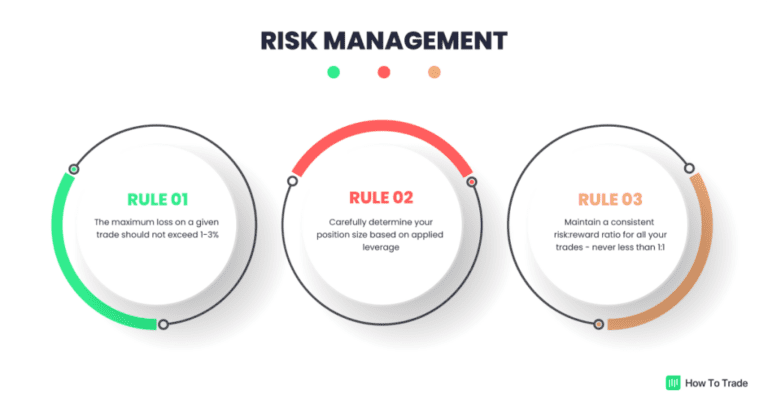Trading forex (foreign exchange) can be an exciting and potentially profitable venture, but it also carries risks, especially for beginners. Here’s a guide to help you get started in forex trading:
1. Understand the Basics of Forex Trading
- What is Forex?: Forex trading involves buying one currency while selling another. Currencies are traded in pairs (e.g., EUR/USD, USD/JPY).
- Currency Pairs: Each currency pair consists of a base currency (the first currency) and a quote currency (the second currency). The exchange rate tells you how much of the quote currency you need to buy one unit of the base currency.
- Pips: A pip is the smallest price move in a currency pair. For most pairs, it is the fourth decimal place (0.0001).
2. Learn Key Terminology
- Leverage: Leverage allows you to control a larger position with a smaller amount of capital. While it can amplify profits, it also increases risk.
- Spread: The spread is the difference between the bid (selling) price and the ask (buying) price.
- Lot Size: Forex trades are measured in lots. A standard lot is 100,000 units, a mini lot is 10,000 units, and a micro lot is 1,000 units.
3. Choose a Reliable Broker
- Regulation: Select a broker that is regulated by a reputable authority (e.g., FCA, ASIC).
- Trading Platform: Look for a broker that offers user-friendly trading platforms (like MetaTrader 4 or 5).
- Account Types: Choose a broker that offers various account types, including demo accounts for practice.
4. Open a Demo Account
- Practice Trading: Most brokers offer demo accounts where you can trade with virtual money. This allows you to practice your trading strategies without risking real funds.
5. Develop a Trading Strategy
- Types of Trading: Decide whether you want to day trade, swing trade, or use long-term strategies. Each approach has different timeframes and strategies.
- Technical Analysis: Use charts and indicators to analyze price movements. Learn about support and resistance levels, moving averages, and other technical indicators.
- Fundamental Analysis: Understand how economic indicators, geopolitical events, and central bank policies affect currency values.
6. Risk Management
- Set a Budget: Determine how much capital you are willing to risk and stick to it. Only use funds you can afford to lose.
- Use Stop-Loss Orders: A stop-loss order automatically closes your position at a predetermined price to limit losses.
- Position Sizing: Calculate the size of your trades based on your account balance and risk tolerance. A common rule is to risk no more than 1% of your capital on a single trade.
7. Keep a Trading Journal
- Track Your Trades: Maintain a record of all your trades, including the reasons for entering and exiting positions. This helps you learn from your mistakes and successes.
8. Stay Informed
- Market News: Follow financial news and economic calendars to stay updated on events that could impact the forex market.
- Education: Continuously educate yourself through books, online courses, webinars, and trading communities.
9. Start Trading with Real Money
- Begin Small: When you feel ready, start trading with real money, but consider starting with a small amount to minimize risk as you gain experience.
- Stay Disciplined: Stick to your trading plan and avoid emotional trading decisions.
10. Review and Adjust Your Strategy
- Evaluate Performance: Regularly review your trading performance and adjust your strategy as needed. Be open to adapting your approach based on what works and what doesn’t.
Conclusion
Forex trading can be rewarding but requires education, practice, and discipline. By following these steps, you can build a strong foundation as a beginner trader. Remember to trade responsibly and continue to enhance your knowledge and skills as you progress in your trading journey.







